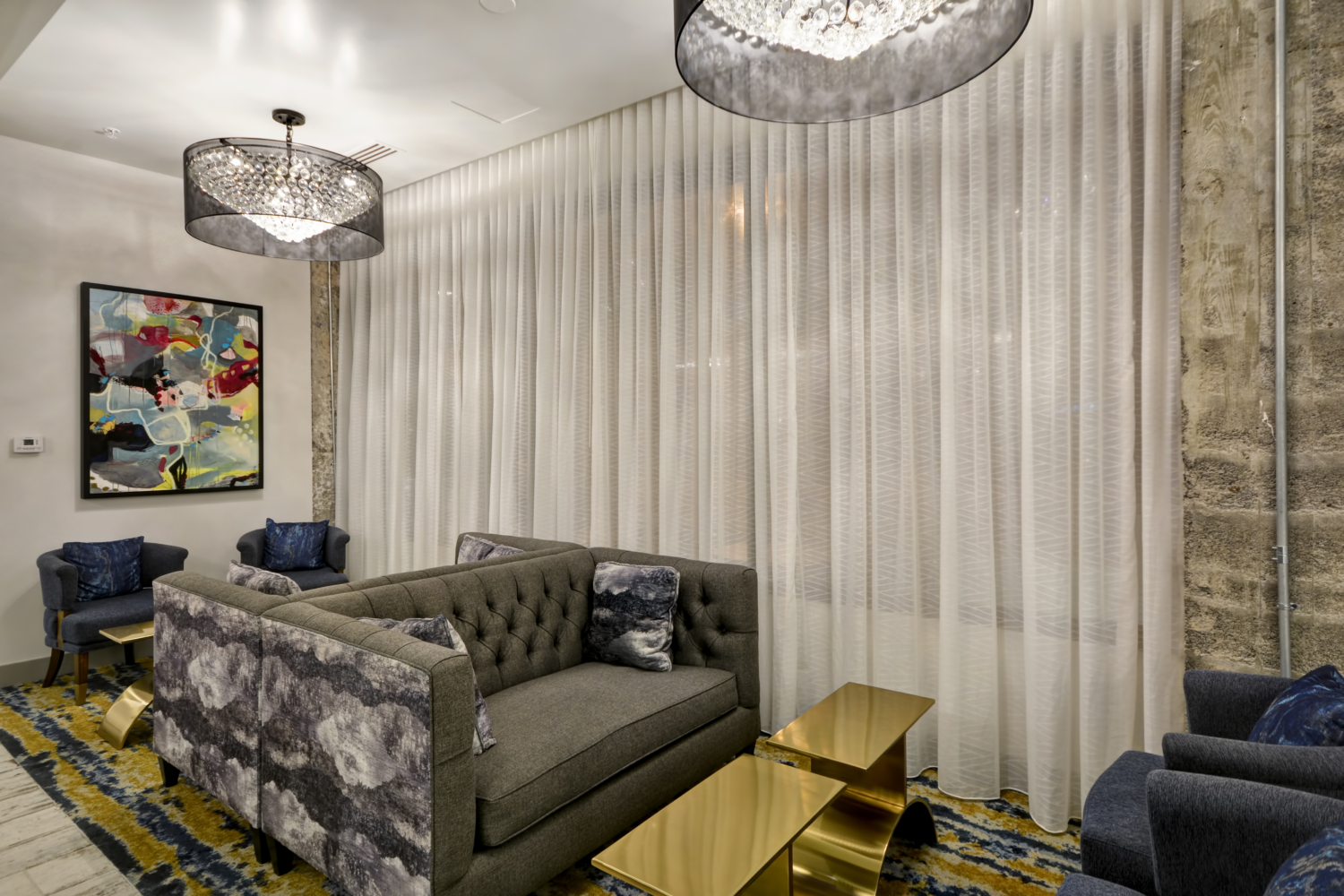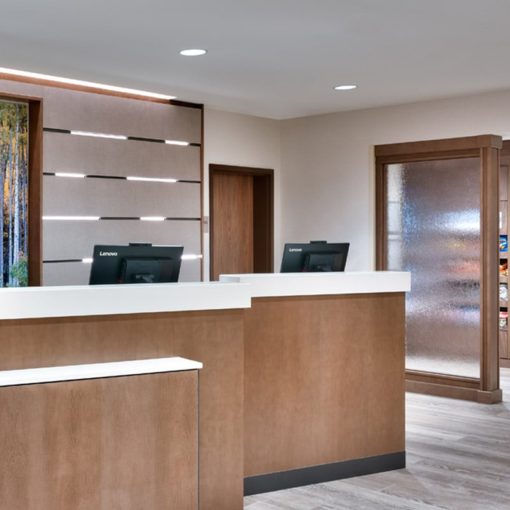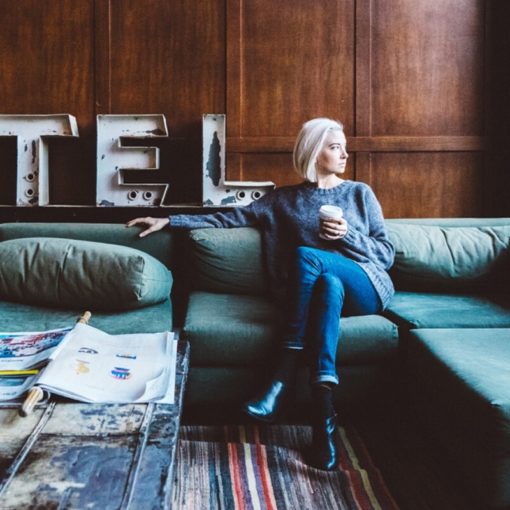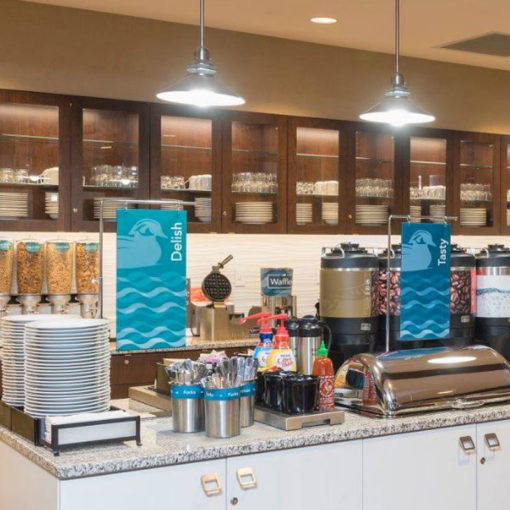What's New in Hotel Public Space Design
The public space within a hotel can make a huge impact on the property’s overall interior design. No longer simply a warm, comfortable welcome area, a hotel’s public space is now expected to be technology-enabled, flexible, and modular for today’s traveler.
Guests want to shift between work, relaxation, and social activities comfortably. Having public spaces that accommodate these desires can help your hotel to stay relevant and top-of-mind with travelers.
Read on to learn what’s new in hotel public space design and how designers approach the task of ensuring that hotel public spaces are up-to-date and attractive to today’s dynamic and discerning guests.
Evolutions in Hotel Public Space Design
Public area design is moving towards more communal and social-centric planning. A professional hospitality designer looks for ways to implement this concept and make it possible for a hotel to maximize its public space’s revenue-generating capacity.

Finding the optimal combination of aesthetic appeal, community-building, guest utility, operational efficiency, and revenue generation is what adds the most value in a hotel’s public space. A designer must be experienced, thoughtful, and able to apply new ideas and techniques to accomplish all of these together.
Below are a few of the latest trends in hotel public space design:
Versatility/Flexibility: Today, hoteliers want to make public spaces as flexible and versatile as possible. This means designing spaces that are useful day and night for work, relaxation, and social connection, either with easy transitions or happening simultaneously.
Technology: Guests want technology to be seamless and embedded within the design rather than in-your-face. Many travel to get a break from screentime, so discreet, classy tech integrations can help enhance the guest experience without taking them away from the present moment.
Biophilic design: Hotel public spaces are excellent places to incorporate biophilic design. By bringing the outdoors in, you can reduce barriers between inside and outside. Think living walls, large windows, and extending lounge dining areas onto a terrace to blend together into one space.
Wellness/ Wellbeing: Dynamic public space design with beautiful materials, a soothing color palette, aesthetic geometry, lighting, and aromatherapy can evoke positive feelings in your guests. Avoid polarizing art or overly bold colors so public spaces remain welcoming and versatile.
Public space interior design must achieve harmony no matter the size dimensions, functional, or other dynamics that might pose a challenge within a hotel’s layout. It takes a skilled hospitality designer to create a harmonious balance that uniformly extends throughout the space.
At Innvision, our team has a wealth of experience to draw from while we also are constantly expanding our knowledge of the industry and its innovations that can benefit hoteliers and their guests. Our ID Studio hospitality designers have completed many successful hotel public spaces by constantly synthesizing and applying new ideas such as the ones listed above.

To learn more about how Innvision can help you with your next hotel project, contact us!



